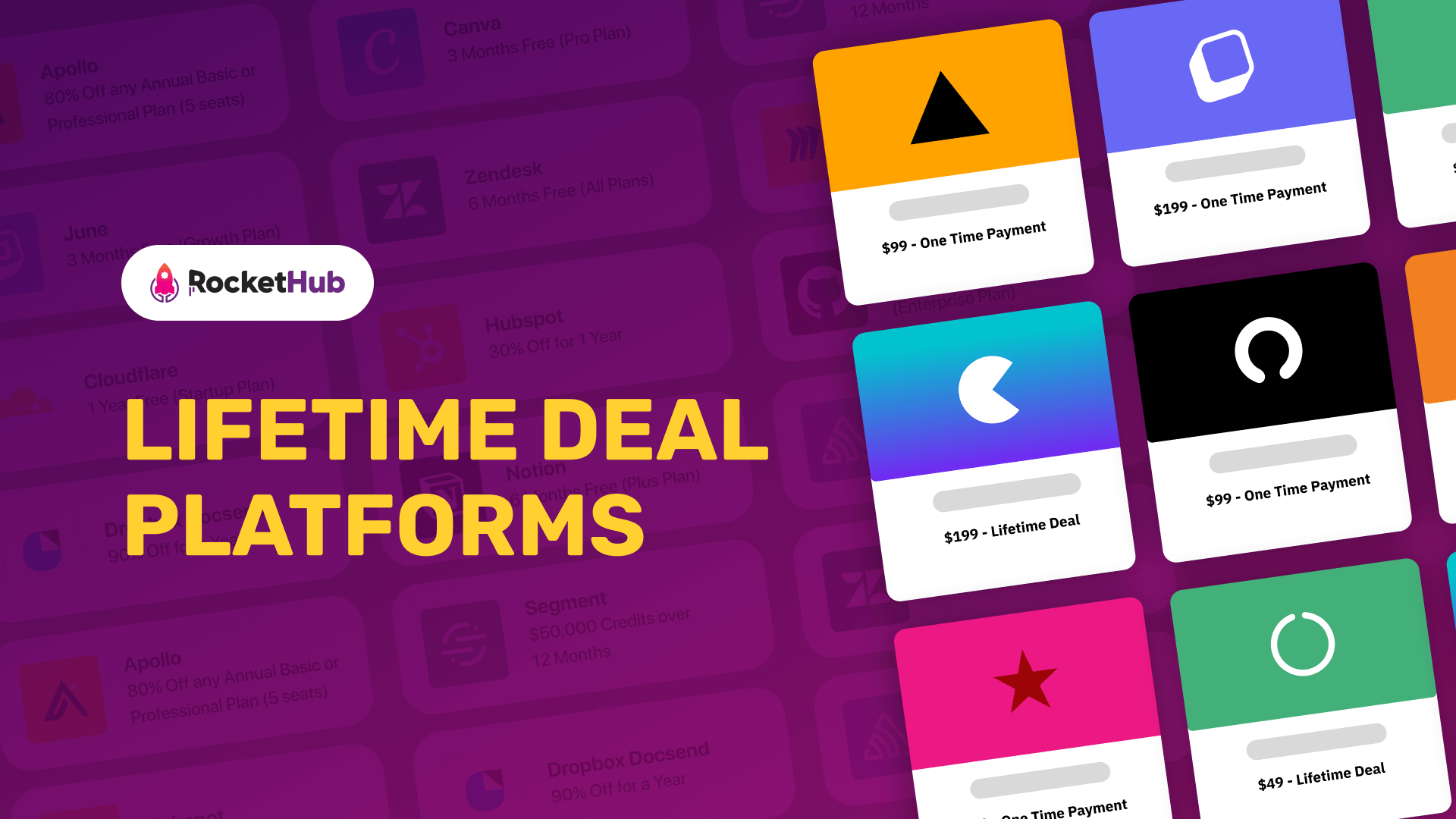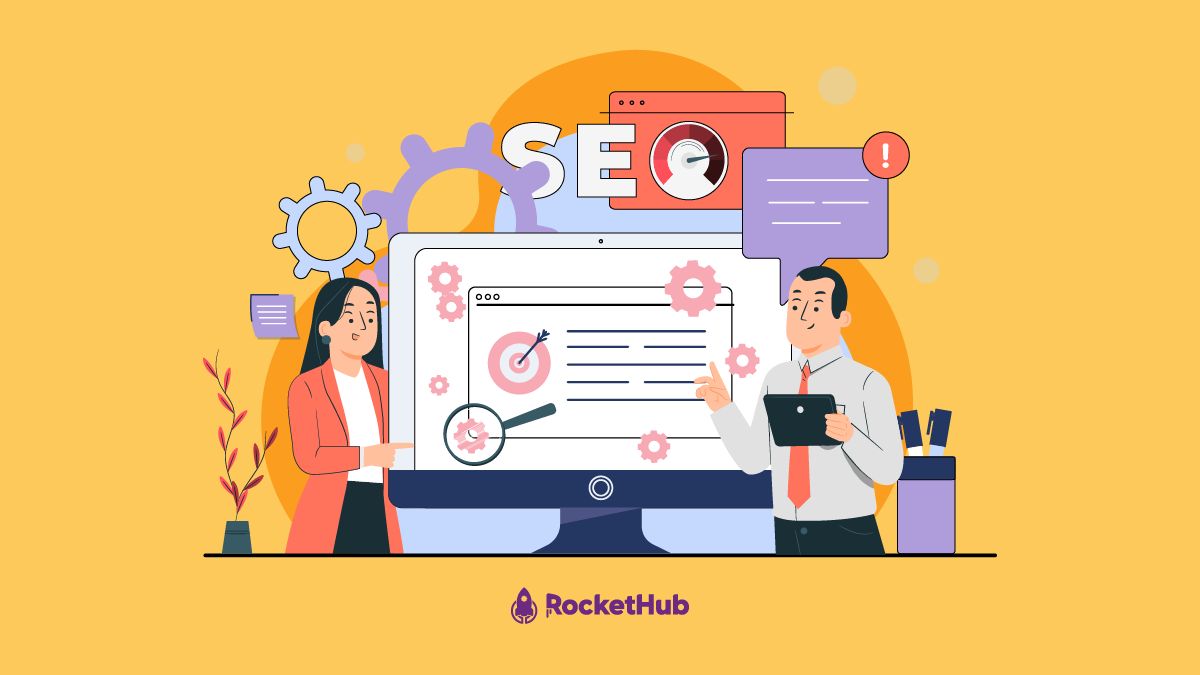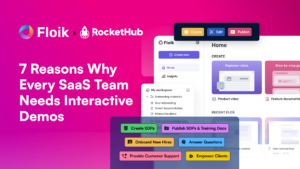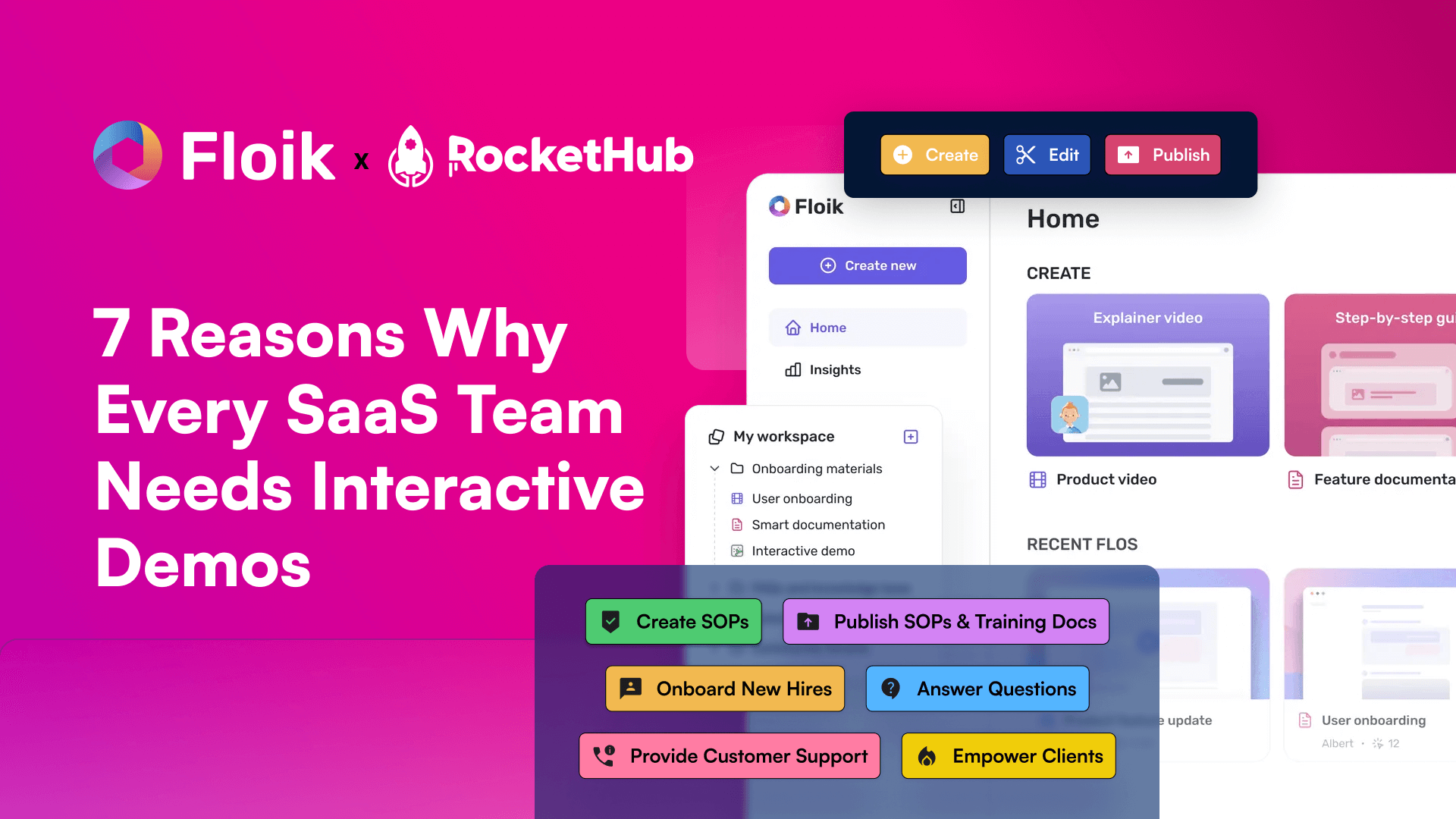
How to Optimize Your PPC Landing Pages for SEO in 3 Easy Steps
- Angel Alfred
- January 5, 2023

Being able to effectively optimize your PPC landing pages for SEO is an important component of digital marketing success. When done correctly, it can increase your visibility in the search engine results pages (SERPs) and maximize the return on your PPC investments. However, it can be a daunting task, as optimizing your PPC landing pages involves understanding the nuances of both PPC and SEO. In this blog post, we’ll break down the key steps to help you optimize your PPC landing pages for SEO. Let’s move ahead and find out.
Why Optimize PPC Landing Pages for SEO?

Optimizing PPC landing pages for SEO can have numerous benefits for your marketing efforts. Some of the main benefits of optimizing PPC landing pages for SEO include:
- Improving search engine visibility and ranking: By optimizing your PPC landing pages for relevant keywords and phrases, you can improve the visibility and ranking of your website in search engine results. This can help drive more organic traffic from search engines and increase your overall online visibility.
- Driving more targeted traffic: By targeting specific keywords and phrases with your PPC campaigns, you can attract more targeted traffic to your website. This can help increase the chances of converting visitors into customers and improve the ROI of your PPC campaigns.
- Increasing conversions: Optimizing your PPC landing pages for SEO can help improve the user experience of your website and increase the chances of converting visitors into customers. By creating a seamless and compelling user experience, you can increase the chances of converting visitors into leads or sales.
Optimizing PPC landing pages for SEO can help improve the visibility and ranking of your website in search engine results, drive more targeted traffic, and increase conversions. By implementing effective SEO strategies on your PPC landing pages, you can improve the effectiveness of your PPC campaigns and achieve your marketing goals.
How to Optimize Your PPC Landing Pages for SEO in 3 Steps
Let’s go over keyword research, content optimization, link building, and organic promotion. By the end of this post, you’ll have a better understanding of how to maximize the SEO potential of your PPC landing pages, and how to ensure you get the most out of your digital marketing efforts. So, let’s get started exploring how to optimize your PPC landing pages for SEO.
1. Keyword Research
Keyword research is an essential part of both PPC and SEO, as it helps you understand the terms and phrases that your target audience is searching for. By conducting keyword research, you can identify the most relevant and valuable keywords to target in your marketing efforts.
There are several tools and techniques that you can use to conduct keyword research, including:
- Google’s Keyword Planner: This free tool is available to all Google Ads users and allows you to research and compare keyword data, such as search volume and competition level.
- Analyzing search data from your website: By using tools like Google Analytics, you can see which keywords are driving traffic to your website and identify opportunities for targeting additional keywords.
- Using keyword research tools: There are a variety of third-party keyword research tools available, such as Ahrefs and SEMrush, that can provide detailed data on keyword trends and competition levels.
- Analyzing your competitors’ keywords: By using tools like Ahrefs and SEMrush, you can see which keywords your competitors are ranking for and identify opportunities to target similar keywords.
Keyword research is a crucial step in both PPC and SEO, as it helps you identify the terms and phrases that are most valuable to your target audience. By using the tools and techniques mentioned above, you can conduct comprehensive keyword research and identify opportunities to target valuable keywords in your marketing efforts.
2. On-page Optimization
On-page optimization is the process of optimizing the individual pages on your website to improve their ranking in search engine results and user experience. On-page optimization is important for both PPC and SEO, as it helps search engines understand the content of your website and improves the user experience for visitors.
Some of the key factors to consider in on-page optimization include:
- Title tags: Title tags are the text that appears in the search engine results for a particular page and should include the target keyword for the page. Title tags should be descriptive and concise, and should accurately reflect the content of the page.
- Meta descriptions: Meta descriptions are the summary of a page’s content that appears in the search engine results. Meta descriptions should include the target keyword and should be written to entice users to click through to the page.
- Headings: Headings, or H1 tags, are used to structure the content of a page and should include the target keyword. Headings help search engines understand the hierarchy of the content on a page and can also improve the user experience by making the content easier to read and navigate.
In addition to these technical factors, on-page optimization also involves creating a seamless user experience for visitors. This includes things like fast page loading times, a responsive design, and easy navigation. By creating a seamless user experience, you can improve the chances of converting visitors into customers and improve overall effectiveness.
3. Off-page Optimization
Testing and optimization are essential components of both PPC and SEO, as they allow you to continually improve the performance of your marketing efforts. By testing different elements of your campaigns and website, you can identify what’s working and what’s not and make data-driven decisions to improve the effectiveness of your marketing.
There are a variety of tools and techniques that you can use to test and optimize your PPC landing pages, including:
- A/B testing: A/B testing, also known as split testing, involves comparing two versions of a webpage or ad to see which performs better. This can be used to test things like headlines, images, and call-to-action buttons to determine which elements have the biggest impact on conversions.
- Analytics tools: Analytics tools like Google Analytics can provide valuable data on the performance of your PPC campaigns and landing pages. By analyzing this data, you can identify areas for improvement and make data-driven decisions to optimize your campaigns.
- Heatmap tools: Heatmap tools like Hotjar and Crazy Egg can provide visual representations of how users interact with your website. By analyzing heatmaps, you can identify areas of your website that are not performing well and make changes to improve the user experience.
Testing and optimization are crucial for improving the performance of your PPC and SEO efforts. By using tools and techniques like A/B testing, analytics tools, and heatmap tools, you can identify areas for improvement and make data-driven decisions to optimize your campaigns and website.
4. Testing and Optimization
Testing and optimization are essential components of both PPC and SEO, as they allow you to continually improve the performance of your marketing efforts. By testing different elements of your campaigns and website, you can identify what’s working and what’s not and make data-driven decisions to improve the effectiveness of your marketing.
To get the most out of testing and optimization, it’s important to follow a few key steps:
- Set clear goals: Before you start testing, it’s important to have a clear understanding of what you want to achieve. Whether it’s increasing conversions, driving more traffic, or improving the user experience, having clear goals will help guide your testing and optimization efforts.
- Test one element at a time: When testing different elements of your PPC landing pages, it’s important to test one element at a time. This will help you identify the specific element that is having the biggest impact on performance.
- Analyze the results: After running a test, it’s essential to analyze the results to determine what’s working and what’s not. This may involve looking at metrics like conversions, traffic, and engagement to determine the success of your tests.
- Make data-driven decisions: Based on the results of your tests, it’s important to make data-driven decisions about your PPC landing pages. This may involve making changes to elements like headlines, images, or call-to-action buttons based on what’s performing well and what’s not.
Testing and optimization are crucial for improving the performance of your PPC and SEO efforts. By following these steps and making data-driven decisions, you can effectively optimize your
Wrapping Up
Optimizing your PPC landing pages for SEO can be a great way to improve your website’s overall visibility and performance. By focusing on keyword research, creating relevant content, optimizing for mobile, and using tracking tools, you can optimize your PPC landing pages and ensure that you’re getting the most out of your advertising efforts. With the right approach, you can improve your website’s organic search engine rankings and drive more traffic to your pages.
Share This Post
Angel Alfred
Angel is a digital marketer, a mental health speaker, and above all, a writer. She loves being a part of the RocketHub team and is keen on learning and taking over new challenges every day!
Table of Contents
Get The Latest Updates
Subscribe To Our Weekly Newsletter
Sign up below to be one of the first crew members onboard and get early access to amazing deals.
Recent Posts


Social Media
Categories
Related Posts

Lifetime Deal Platforms
The best lifetime deal platforms for software. Platforms lik RocketHub scour the web for the highest quality products to bring buyers the best lifetime deals on their platform.

How to Work for Yourself + 13 Solo Business Ideas
Do you ever wonder if being your own boss could truly set you free? In this article, we’ll explore the theory that unleashing entrepreneurial freedom

7 Reasons Why Every SaaS Team Needs Interactive Demos
Making a Case for Interactive Demos: 7 Reasons Why Every SaaS Team Needs Them Let me paint a scenario for you. You want to buy


